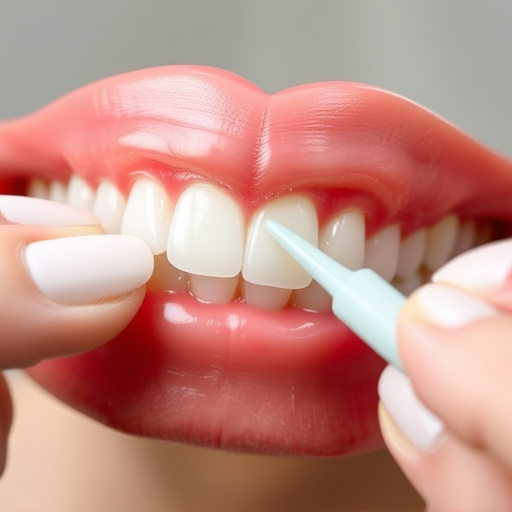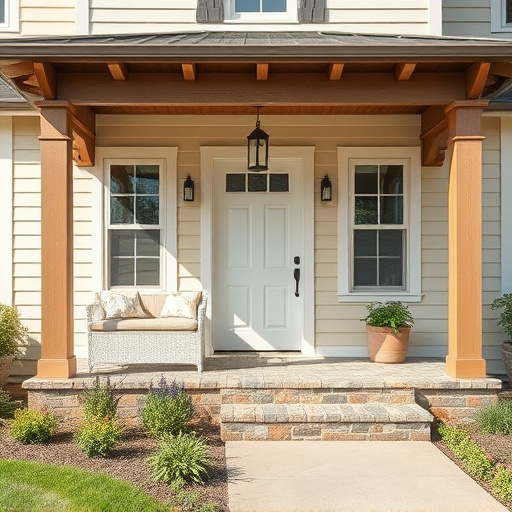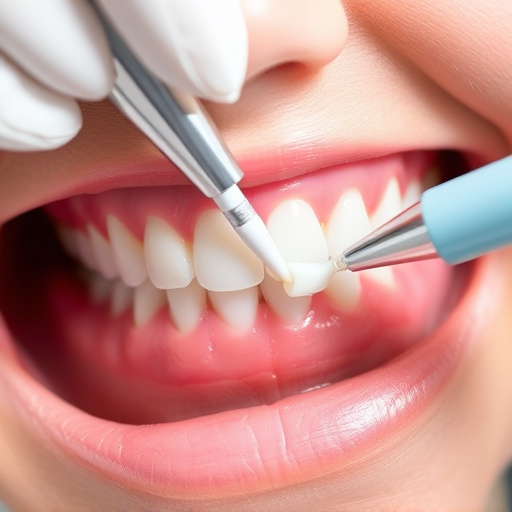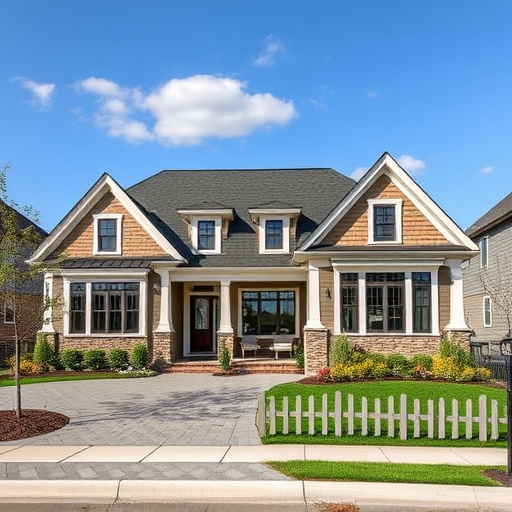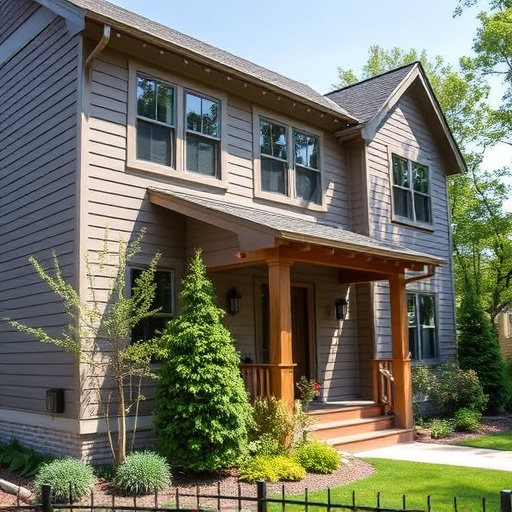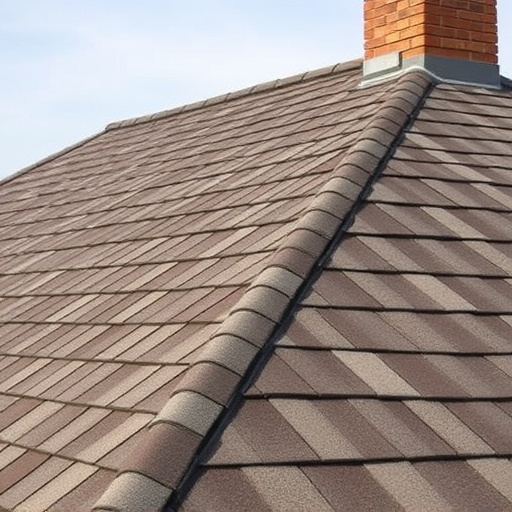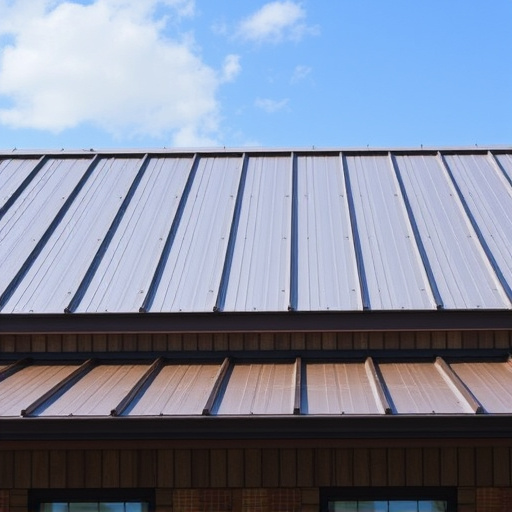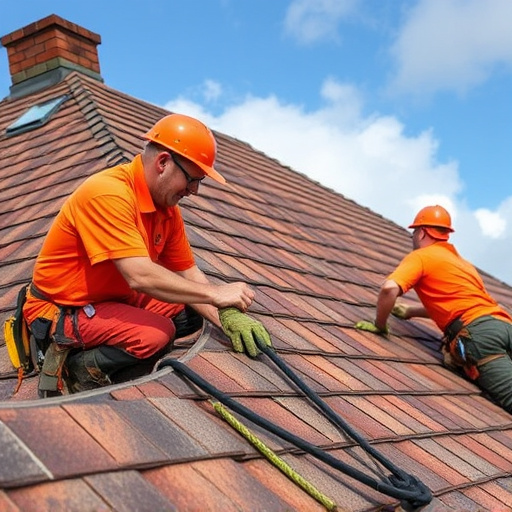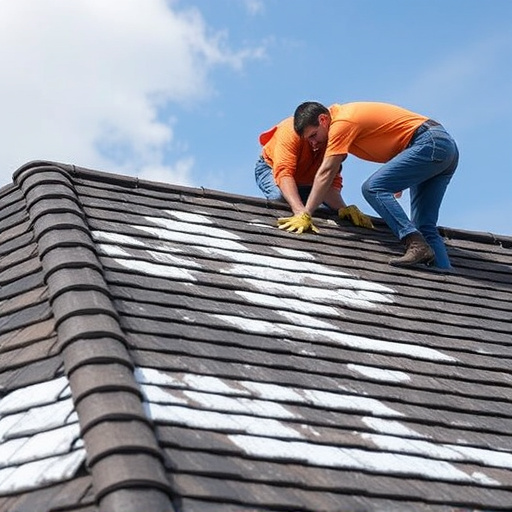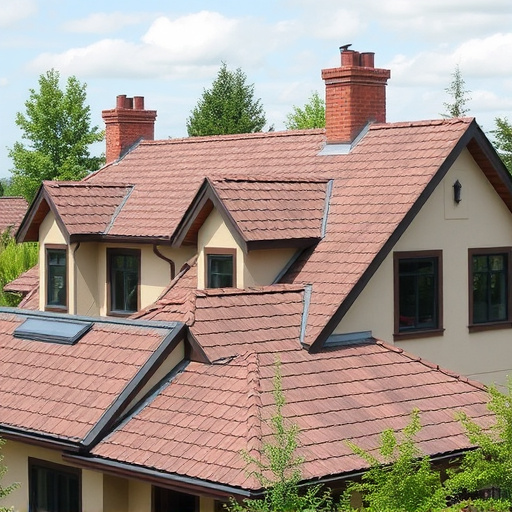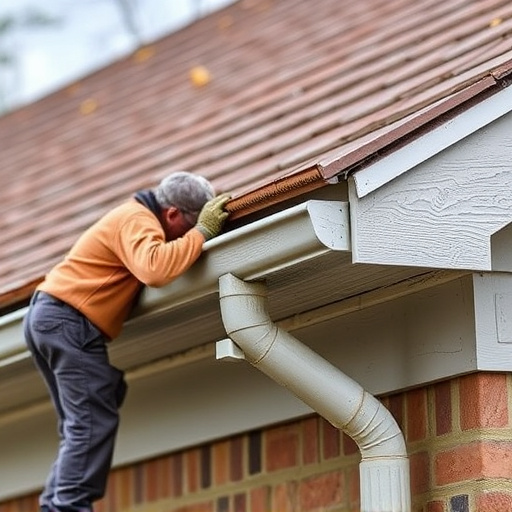A well-maintained roof is crucial for a home's energy efficiency, impacting heat loss or gain through insulation and air sealing. Storm damage repairs, including residential siding replacement, create an airtight barrier, reducing heat transfer and cutting heating/cooling costs. Regular roof maintenance, inspection, and professional consulting services are essential to address common issues like damaged shingles and poor sealing, optimizing energy efficiency, reducing utility bills, and preventing water damage to HVAC systems.
Roof repair isn’t just about fixing leaks; it’s a powerful strategy to boost your home’s energy efficiency. In this article, we’ll explore how a simple yet effective roof repair can significantly impact your energy bills. From understanding the connection between your roof and energy savings to identifying common issues like missing shingles or inadequate insulation, you’ll learn practical steps to take. By implementing these solutions, you can create a more comfortable home while reducing energy waste, making it a win-win for both your wallet and the environment.
- Understanding Roof Repair's Impact on Energy Efficiency
- Identifying Common Roof Issues That Affect Energy Savings
- The Steps to Effectively Improve Home Energy Efficiency Through Roof Repair
Understanding Roof Repair's Impact on Energy Efficiency
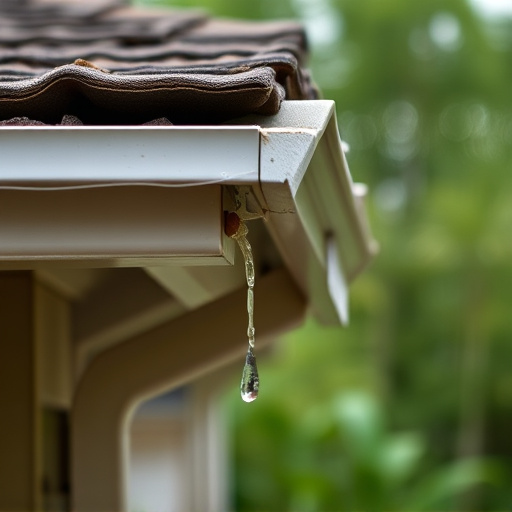
A roof is one of the most crucial components of a home’s structure, playing a significant role in energy efficiency. When it comes to improving your home’s energy performance, roof repair should be at the top of your list. The impact of a well-maintained or repaired roof on energy conservation cannot be overstated. In fact, an old, damaged roof can lead to considerable heat loss or gain, depending on the season, due to poor insulation and air leaks.
Storm damage repair is often necessary for homeowners, as severe weather events can compromise the integrity of roofs. Residential siding, a crucial element in home exterior services, also contributes to energy efficiency. By repairing or replacing damaged or old siding, you create a more airtight barrier that prevents heat transfer, thereby enhancing insulation. This simple yet effective measure can significantly reduce heating and cooling costs in the long run, making roof repair an excellent investment for any homeowner looking to boost their home’s energy efficiency.
Identifying Common Roof Issues That Affect Energy Savings
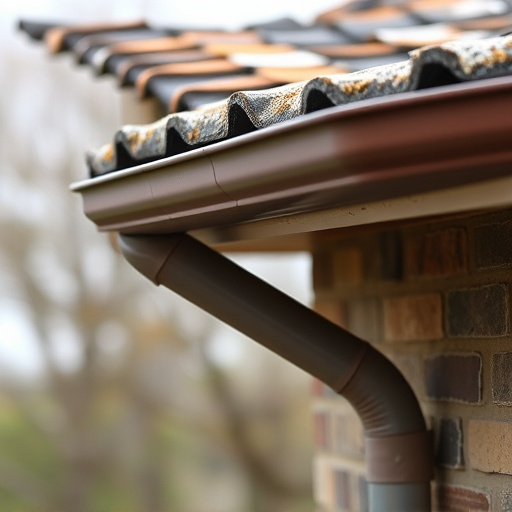
Roof repair is a crucial aspect often overlooked when it comes to enhancing home energy efficiency. Common roof issues such as damaged shingles, inadequate insulation, and poor sealing can significantly impact a home’s energy savings. Leaks caused by worn-out shingles not only lead to water damage but also allow precious heated or cooled air to escape, increasing energy costs.
Inadequate insulation in the attic or crawl spaces creates hot spots on the roof, leading to increased wear and tear on HVAC systems. Poor sealing around vents and openings can cause drafts, allowing unconditioned air to enter and conditioned air to escape. Addressing these issues through regular maintenance and professional roof consulting services, like those provided by residential roofing home service solutions, is essential for optimizing energy efficiency and lowering utility bills.
The Steps to Effectively Improve Home Energy Efficiency Through Roof Repair
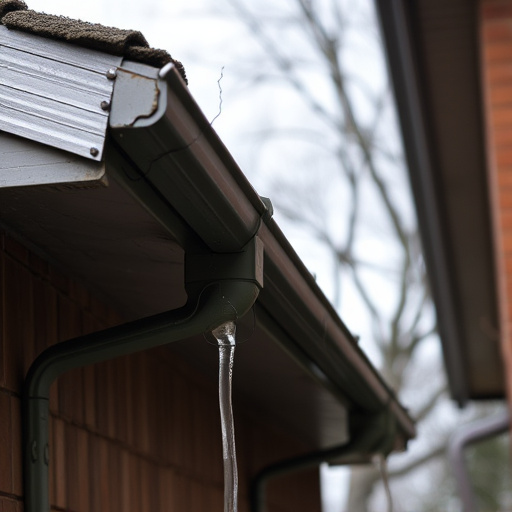
Improving your home’s energy efficiency through roof repair is a smart step that offers both environmental and financial benefits. Start by inspecting your current roofing system for any signs of damage, such as missing or damaged shingles, leaks, or poor sealing around vents and plumbing fixtures. These issues can lead to heat loss or gain, significantly impacting energy costs.
Next, consider the age and condition of your roof. Older roofs may require a full replacement, which offers better insulation and air sealing compared to repairs. If replacing is not in your budget, opt for a professional upgrade that focuses on sealing gaps around the roofline, installing additional insulation, or using reflective roofing materials to reduce heat absorption. Pair these repairs with regular maintenance, including cleaning gutters and ensuring proper drainage, to enhance energy efficiency and overall home performance.
Roof repair is a powerful tool for enhancing home energy efficiency, offering both immediate and long-lasting benefits. By addressing common issues like leaks, insulation gaps, and outdated materials, homeowners can significantly reduce energy loss and lower utility bills. Implementing these roof repair solutions not only improves comfort but also contributes to a more sustainable living environment, making it a smart investment for any homeowner looking to maximize their home’s potential.
